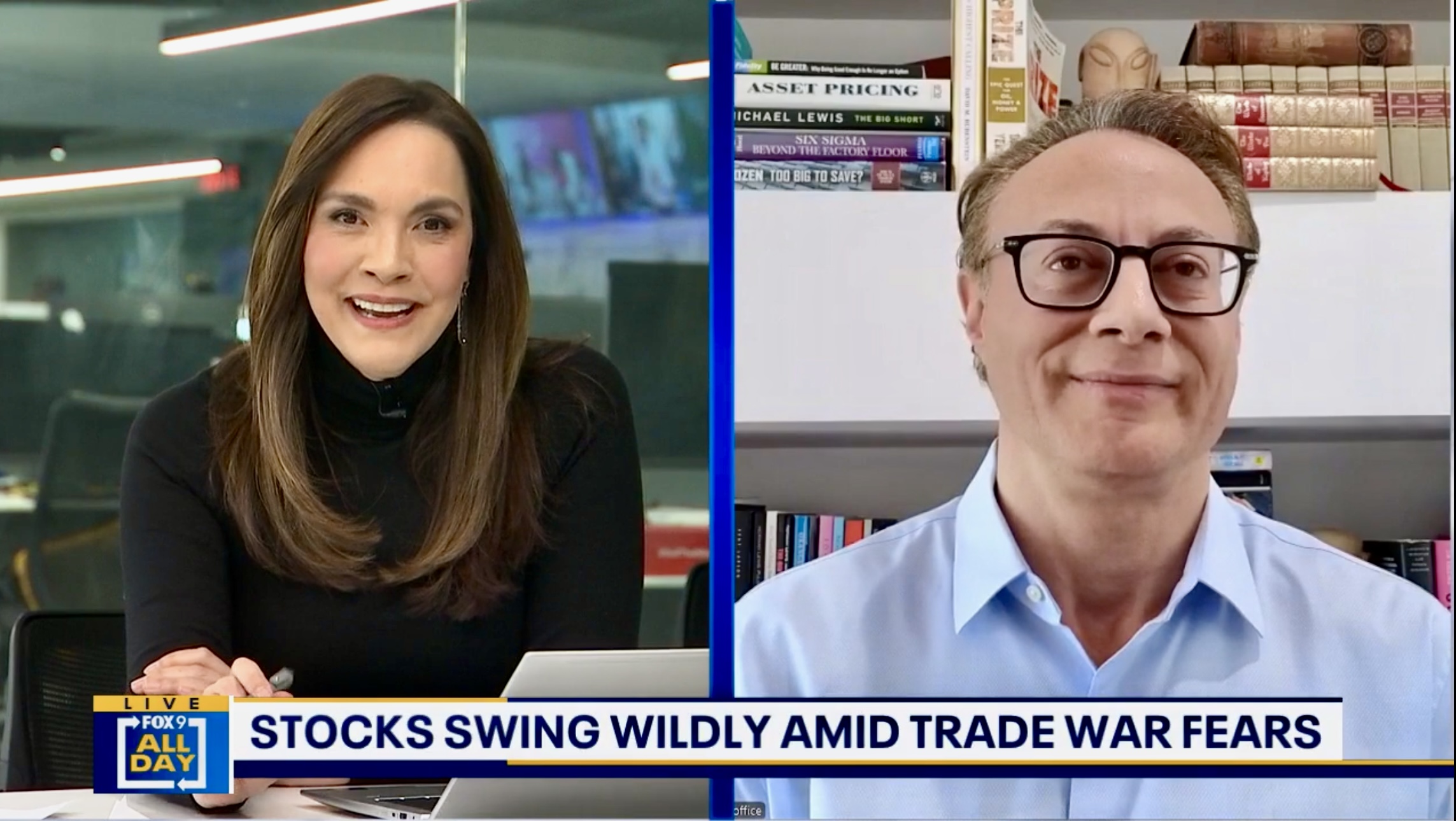Bond fund diversification
Running Point and its chief investment officer, Michael Ashley Schulman, CFA, were quoted by USA Today in an article—by Tony Dong, Farran Powell, and Stephanie Steinberg, “Best Total Bond Market Index Funds for 2023”—regarding bond funds that provide a high degree of diversification and bond market coverage.
What are bond funds?
Bond funds are investment vehicles that pool money from investors to invest in a diversified portfolio of debt vehicles. They provide an opportunity for people to efficiently gain exposure to the bond market without having to purchase individual securities and they are popular among wealth managers and retail investors due to their effectiveness, convenience, professional management, and potential for income generation. When a bond matures within a fund, it pays off in cash and those funds can be reinvested within the fund or the fund manager may choose to sell the bond before maturity and reinvest the funds into a better opportunity. Its this constant professional portfolio attention that can add value to a bond fund.
How do you differentiate bond funds?
Bond funds can typically be segregated by duration, credit quality, geography, and tax status. Is the duration or average maturity of the bond fund short, intermediate, long-term, or some combination of those choices? Is the credit quality of the underlying bonds high or low? Where are the bonds located; domestic or abroad? And what is the tax status of the fund; taxable like a corporate bond fund, state-tax exempt like a Treasury bond fund, or non-taxable like a municipal bond fund?
In terms of duration (the sensitivity of a bond’s price to changes in interest rates), bond funds are generally classified into three different types based on the average maturity of the bonds held in their portfolio: short-term, intermediate, and long-term bond funds. Short-Term Bond Funds typically hold securities that have three years or less to maturity and aim to provide stability and preserve capital, making them suitable for conservative investors. Intermediate-Term Bond Funds typically invest in bonds with maturities ranging from three to ten years and try to balance between generating income and managing interest rate risk. Long-Term Bond Funds primarily invest in bonds with maturities greater than ten years and typically offer higher income potential but are also more susceptible to interest rate fluctuations.
Bond funds may invest in bonds issued by corporations, governments, or various entities with varying creditworthiness. Investment-Grade Bond Funds are considered to have a lower risk of default, but may offer relatively lower yields. High-Yield Bond Funds, also known as junk bond funds, typically carry higher credit risk but may offer higher yields to compensate for the increased risk. Mixed or Blended Bond Funds invest in a combination of both investment-grade and high-yield bonds allowing investors to potentially benefit from a balance between income generation and credit risk.
Quoted article excerpts is below:
“Total bond market index funds tend to have low expense ratios, no front or back-end load costs, no 12b-1 marketing fees, no transaction charges or commissions, low tracking errors relative to their benchmark and consistent inflows, which can reduce portfolio turnover,” says Michael Ashley Schulman, partner and chief investment officer at Running Point Capital Advisors.

Economics is all about consumption. People either spend money now or they use financial instruments — like bonds, stocks, and savings accounts — so they can spend more later.
Adam Davidson, American journalist and co-founder of NPR’s Planet Money program
Disclosure: The opinions expressed are those of Running Point Capital Advisors, LLC (Running Point) and are subject to change without notice. The opinions referenced are as of the date of publication, may be modified due to changes in the market or economic conditions, and may not necessarily come to pass. Past performance is not indicative of future results. Forward-looking statements cannot be guaranteed. Running Point is an investment adviser registered with the U.S. Securities and Exchange Commission. Registration does not imply a certain level of skill or training. More information about Running Point’s investment advisory services and fees can be found in its Form ADV Part 2, which is available upon request. RP-23-49


